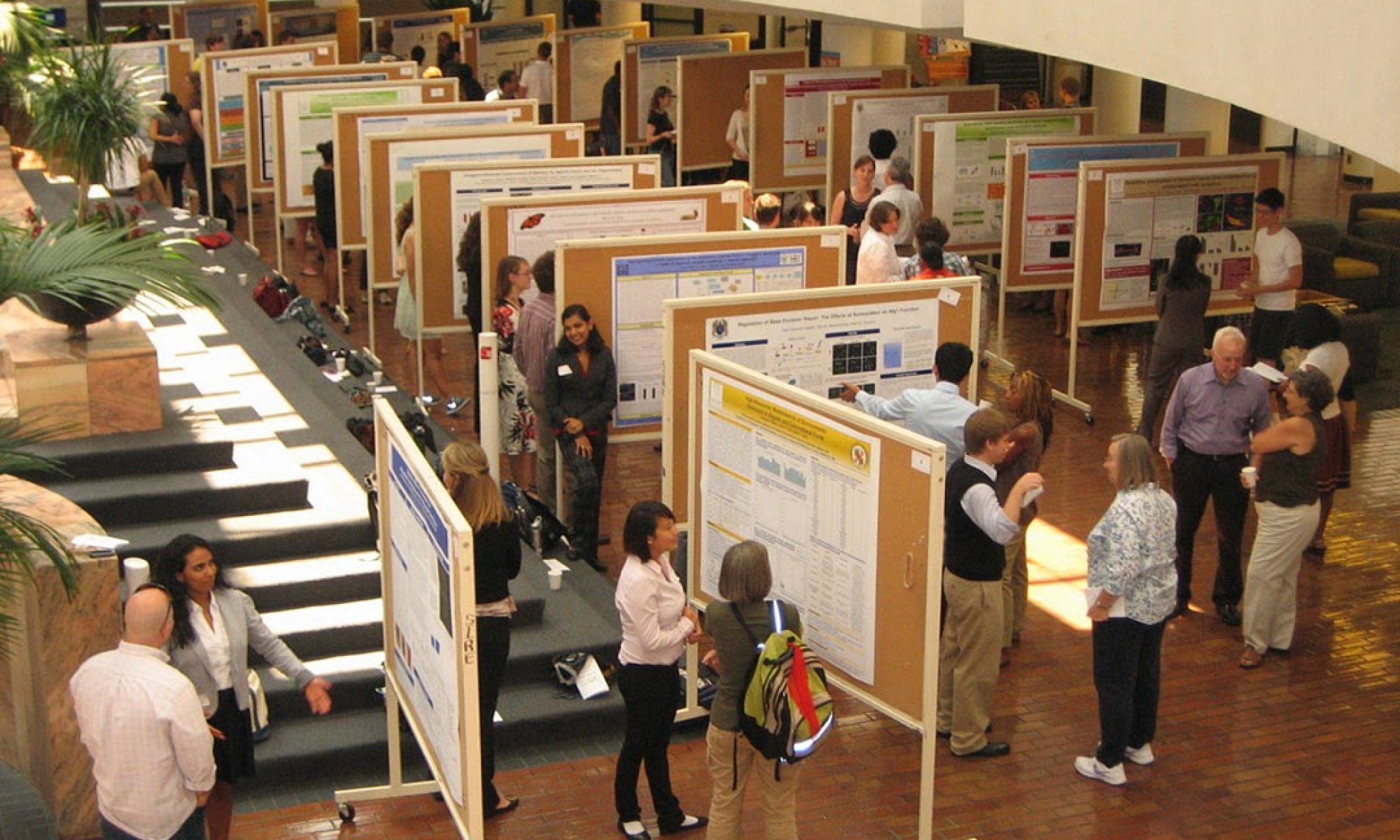Efficient energy production is important in today’s world where the stock of fossil fuel is limited and global warming is bringing devastating effects in certain parts of the world. There are many potential solutions to the energy crisis, solar and nuclear generators being the most well-known. However, there is another potential mechanism that can produce energy in high turnover rates that emits little to no CO2.
Hydrogenases catalyze the reversible 2H+ + 2e- —> H2 reaction in its active site. However, the active site can be inhibited by carbon monoxide (CO) which halts the catalysis of the reaction. By studying the mechanism of how CO diffuses into the active site of hydrogenase, scientists could potentially synthesize “mimic” proteins that have little inhibition, high turnover rates of products, and are compatible with other molecules that are used in industrial production, thus producing energy efficiently (this is only one of many potential applications).
In order to study the inhibition mechanism, first I will be synthesizing a caged CO manganese complex– a manganese complex which contains carbon monoxide. I will put this into a solution with myoglobin and shine light at a specific wavelength to excise the CO from the manganese complex and watch it diffuse into the active site of myoglobin through kinetics tracing*. If the CO successfully diffuses into the myoglobin active site, I will go on to perform this experiment with hydrogenase. I will test it with myoglobin first because myoglobin is much smaller than hydrogenase and if the CO fails to diffuse into the smaller myoglobin, it will have no chance of diffusing into the hydrogenase. This will allow me to use myoglobin in lieu of hydrogenase which our lab has to obtain from the University of Georgia.
Prior to doing this experiment, we must synthesize the manganese complex. To do this, we have to synthesize the Tris(pyrazol-2-yl) methane ligand which is a major component of the manganese complex. We will be starting the synthesis process soon.
I am looking forward to doing my first project with the help of my graduate mentor Greg. I am eager to share the results in our poster presentations at the end of the year!
*Kinetics tracing is a method of monitoring the electron distribution in the hydrogenase active site upon CO binding. The hydrogenase changes conformation, which in turn changes the electron distribution.


Where are you currently in your research? Have you begun to conduct any other experiments this far or are you in the preliminary literature search phase of your project? I liked your introduction to the article. It was really useful to see what some of the real-world applications of this might be.
Maybe adding some figures to illustrate how CO works at the binding site might be useful in clarifying the mechanism behind this reaction.
In your second paragraph you state
Don’t say ‘scientists’ this is your work! Use the first person, please. You also don’t need to point out the other applications, it is better to focus on your one pitch for your research instead of trying to pitch it more than one way.
Oddly enough, the third paragraph shouldn’t be in the first person per-se. It should read more like:
That last sentence is really long, but you get the idea.
In paragraph 4 the use of we is ok, mostly because it’s the King’s we… sort of. When you use first person in academia and research it is ALWAYS first person plural.
You also could add a paragraph on kinetic tracing if it is important that we understand it (for future reference).
I haven’t read your first research blog but by reading your second post I have a pretty clear idea about your research. I would recommend adding some figure or data if you have one, and maybe you could be more specific about what challenges you face while doing the research.
The topic of your research looks very interesting and I am interested in seeing where you will end up next semester. I thought your blog post was a little bit jargon heavy, but maybe some diagrams and molecule strcutures would have helped it. It is sometimes hard to picture chemical complexes. Perhaps you could provide addtioanly information about the molecules. Why did you particularly want to use manganese? What are the advantages and disadvatnages of the methods you are using? What are alternative options?
Interesting article. When you say that this energy could be produced more efficiently, do you refer to cost or environmental efficiency? Additionally, could this alternate source of energy be used anywhere as opposed to solar being restricted to places with lots of sunshine, wind to windy places, etc.?